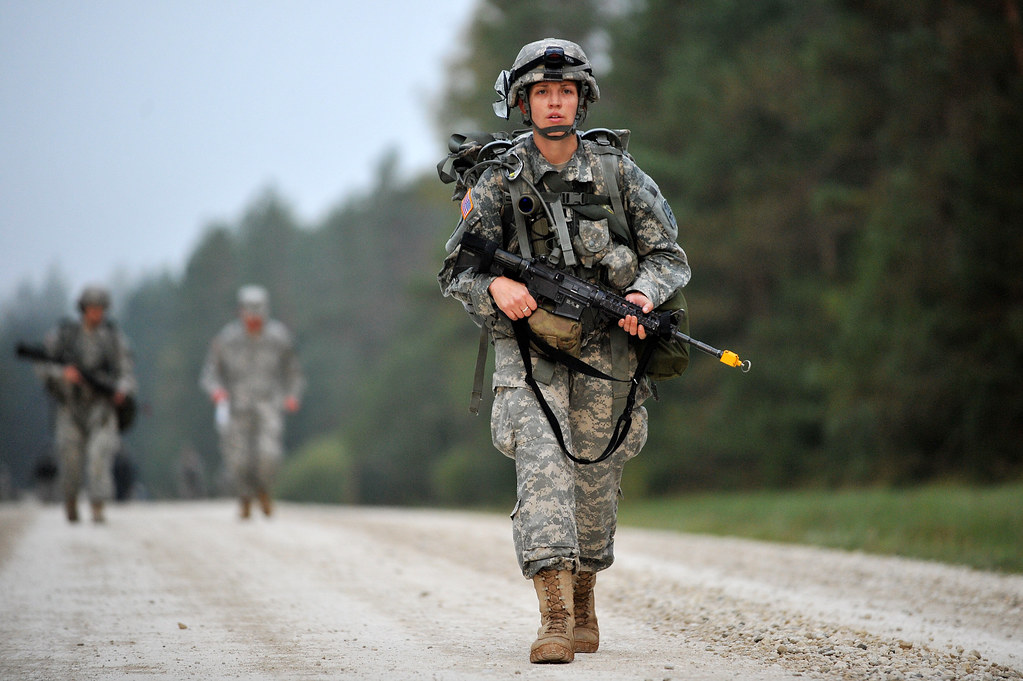
This post is also available in:
 עברית (Hebrew)
עברית (Hebrew)
In GPS-denied environments, such as underground, in dense urban areas, and where GPS is jammed, warfighters need alternative location solutions. A new technology uses a suite of patented algorithms that fuse inertial sensor, GNSS, ultra-wideband (UWB) and other inputs to deliver reliable position data to dismount personnel operating in the presence of compromised or intentionally denied GNSS signals.
The NEON Personnel Tracker Military (PT-MIL) provides warfighters with real-time situational awareness into jamming or spoofing threats at their immediate location and from other dismounted personnel sharing data over the TAK network.
The EW Kit developed by TRX Systems is integrated via soldier plug-ins, enabling threats discovered and mapped by dismounts to be fused into the overall Naval Information Warfare Systems Command (NAVWAR) threat picture.
The contract for a prototype tactical EW kit for dismounted soldiers was awarded by the US Army last March.
The new device uses advanced sensor fusion, ranging, and patented dynamic mapping algorithms.
It can rapidly detect and geo-reference NAVWAR threats including GPS jamming, repeating, and spoofing. It increases situational awareness by geo-referencing and mapping detected threats through integration with ATAK and EW platforms, as reported by bollyinside.com.

























